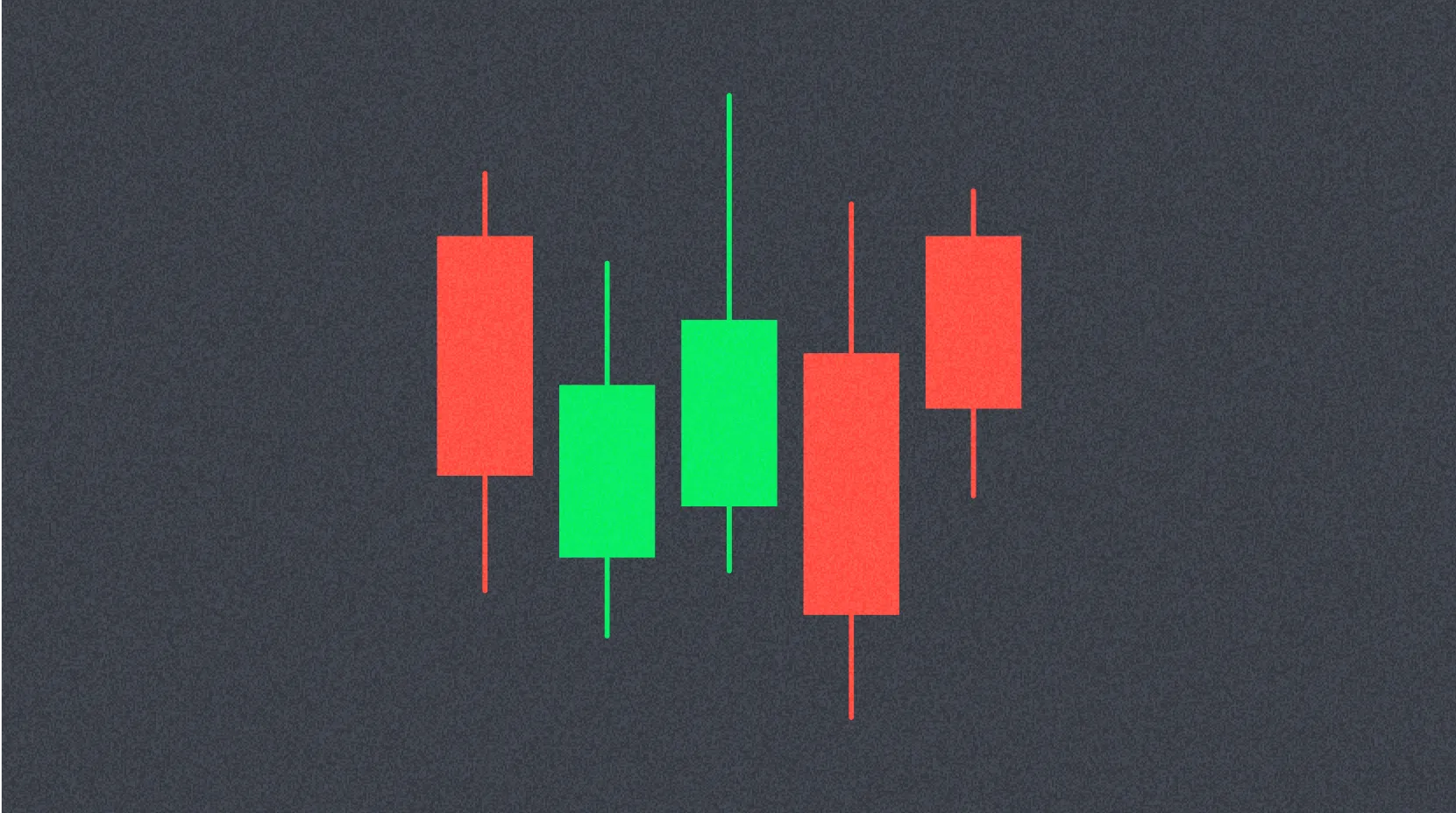Backorder

Backorder in the cryptocurrency trading market refers to a status where an order has been placed but cannot be fulfilled immediately due to insufficient supply. This situation is particularly common in the cryptocurrency mining equipment market, especially during periods of surging demand when manufacturers may accept orders but cannot deliver the equipment promptly. Backorders are typically placed in a waiting queue and fulfilled in sequential order as new inventory becomes available. This mechanism allows buyers to reserve products even during supply shortages while enabling sellers to gauge actual demand and adjust production plans accordingly.
In the cryptocurrency mining equipment market, backorder status has several distinctive features. First, it often comes with a prepayment requirement, where buyers need to pay part or all of the amount to secure priority when supply resumes. Second, delivery times are often uncertain, depending on production cycles, supply chain conditions, and overall market demand. Additionally, backorders may face price fluctuation risks, especially during extended waiting periods, where the final delivery price might differ from the price at the time of ordering. Lastly, some mining equipment manufacturers offer order priority systems, allowing buyers to advance their position in the queue by paying additional fees.
Backorders have multi-faceted impacts on the cryptocurrency market. From a supply-demand perspective, large backlogs typically reflect strong market demand for mining equipment, often correlated with rising cryptocurrency prices. Simultaneously, backorders provide manufacturers with stable revenue expectations, enabling longer-term capacity planning. From an investor's viewpoint, changes in backorder quantities can serve as market sentiment indicators, with substantial new orders potentially suggesting industry participants' optimism about future cryptocurrency price trends. Furthermore, during equipment shortages, second-hand market prices often exceed original order prices, creating arbitrage opportunities for order reselling.
However, backorders also bring a series of risks and challenges. The most significant is delivery uncertainty, with waiting times potentially extending to months in extreme cases, and even the risk of order cancellations. Price risk is also considerable, especially when cryptocurrency prices fluctuate dramatically, potentially altering mining profitability significantly by the time equipment arrives. Additionally, prepayment scams represent a potential risk, where some unscrupulous vendors might collect prepayments without intention or ability to deliver products. Lastly, technological obsolescence risk cannot be ignored, as extended waiting periods might result in ordered equipment being less competitive than newly released models upon delivery.
The importance of backorders in the cryptocurrency industry cannot be overlooked. They not only reflect market supply-demand dynamics but also serve as indicators of market sentiment and future price trends. For investors and miners, understanding how to evaluate and manage risks related to backorders is crucial. For equipment manufacturers, effectively managing order backlogs presents both challenges and opportunities to optimize production plans and build customer trust. As the cryptocurrency market continues to evolve, backorder management systems may become more transparent and efficient, implementing automated order tracking and smart contract guarantees through blockchain technology to provide industry participants with better experiences and greater certainty.
Share
Related Articles

Gate Research: 2024 Cryptocurrency Market Review and 2025 Trend Forecast

Detailed Analysis of the FIT21 "Financial Innovation and Technology for the 21st Century Act"
